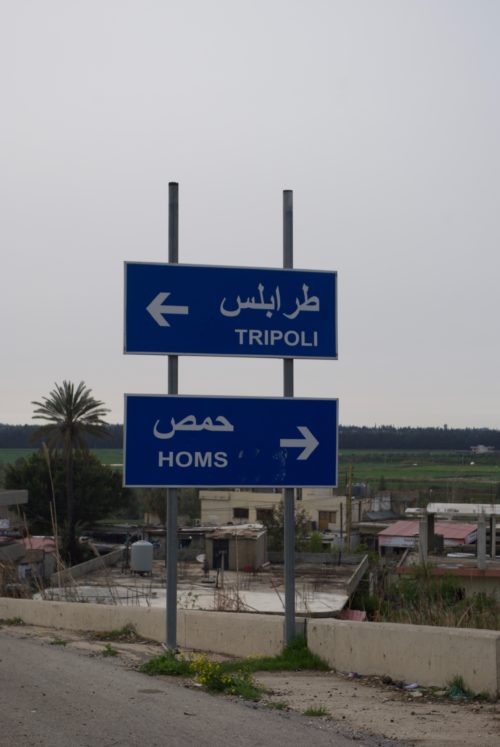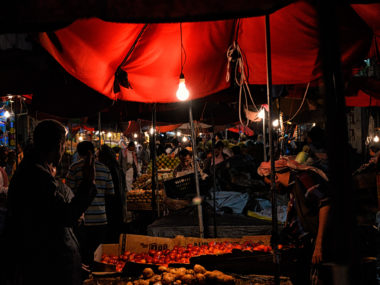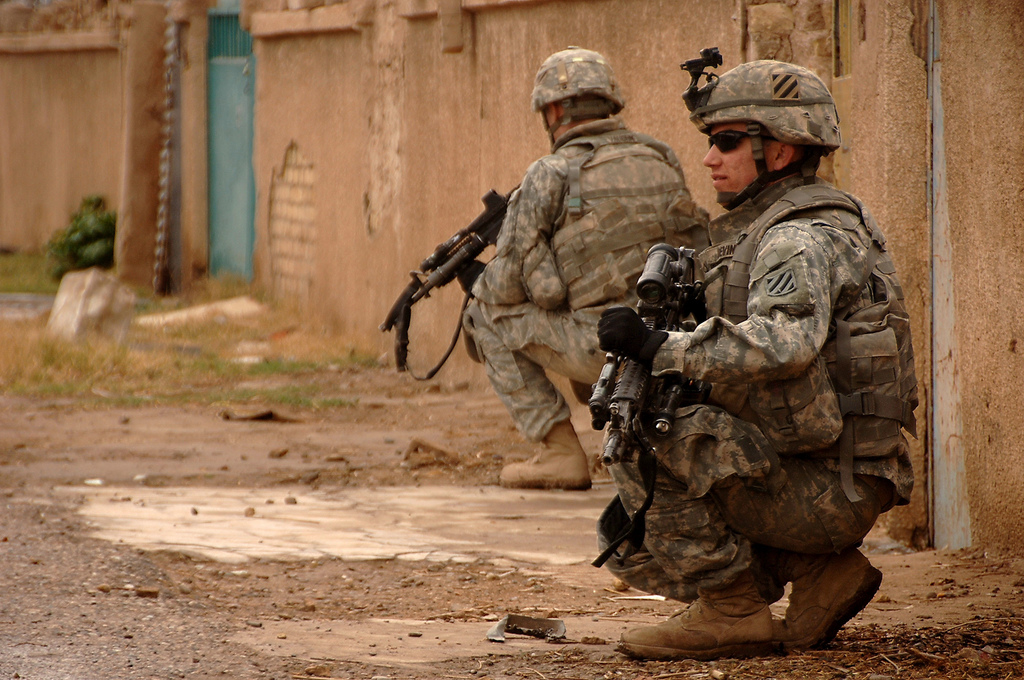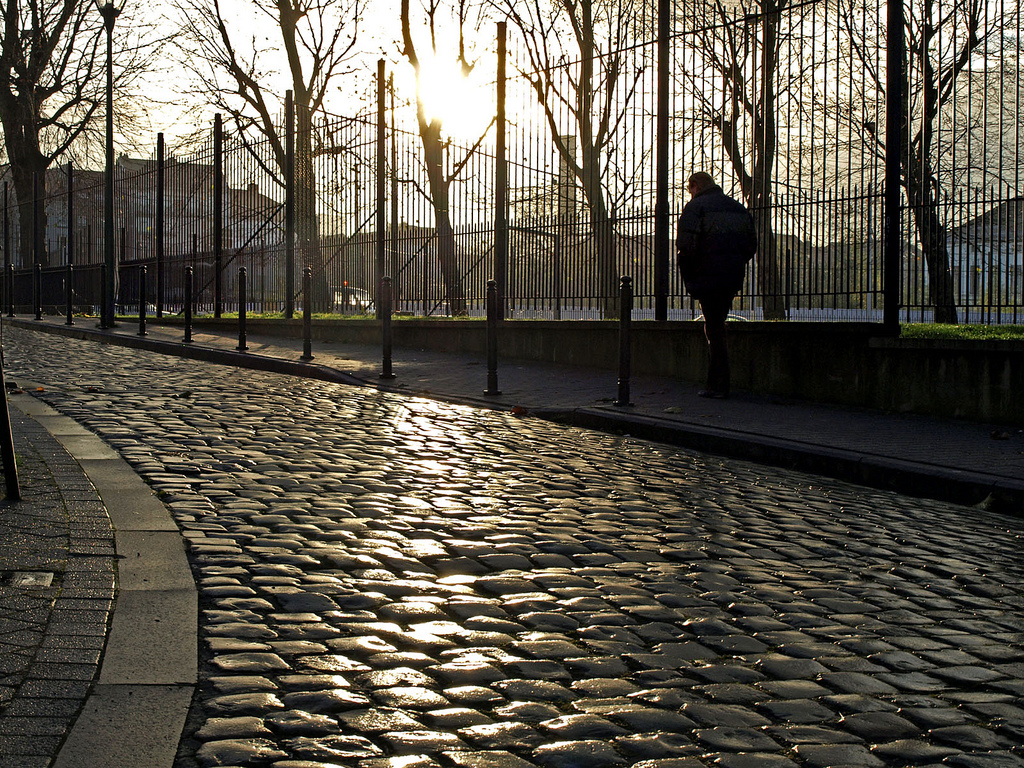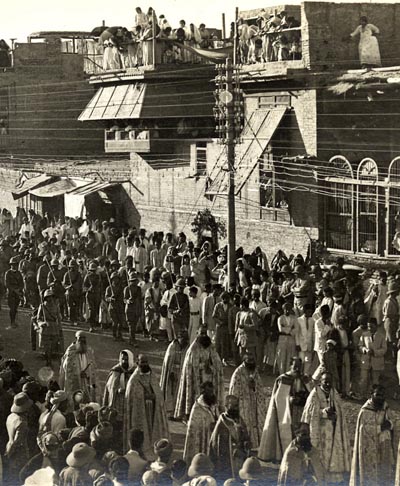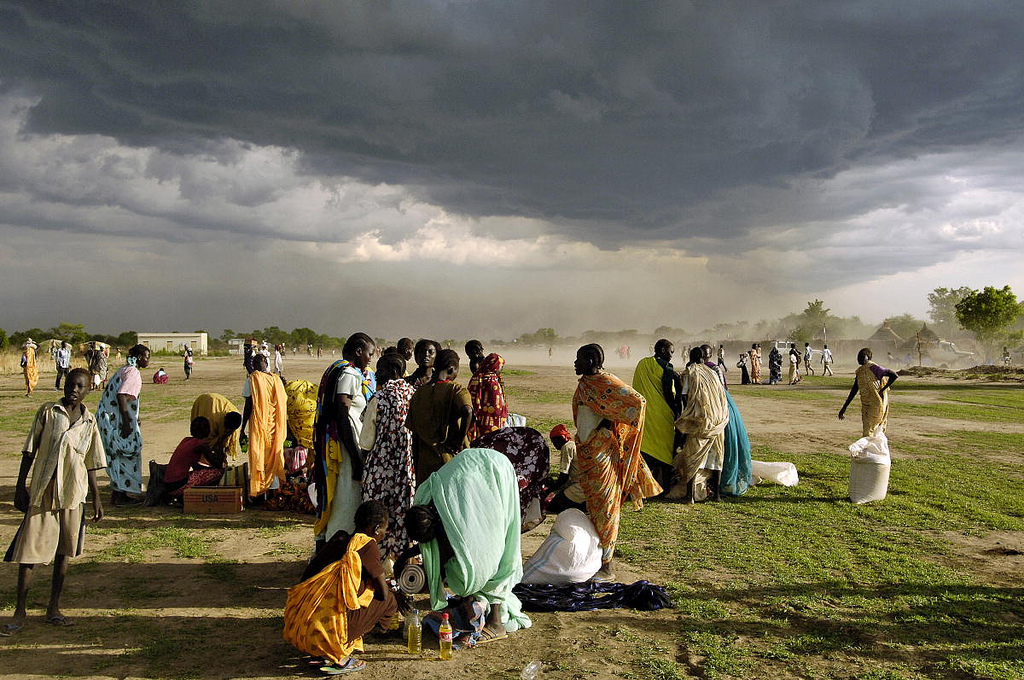Last summer, the issue of refugees returning to Syria began making headlines. The UNHCR reported in July 2017 that it had monitored the return of approximately 30,000 refugees from neighboring countries, and some 10,000 refugees were transferred from Arsal in northeast Lebanon across the border into Syria. Voluntary repatriation to a refugee’s own country is the preferred durable solution in the UN Refugee Agency’s (UNHCR) view, and should occur “as soon as” circumstances permit. But what does this mean in practice?
In theory, a return should be safe and dignified, and should not contravene the international norm of non-refoulement, whereby an individual cannot be repatriated against her will if her life or freedom is threatened in her home state. And yet host states have been known to pressure refugees into returning to their home countries by making the host state situation so dire that refugees feel they have no other choice but to leave. Understandably, host states and host communities suffer from hosting fatigue, especially as international funds to support protracted refugee situations dry up. As a Lebanese government official asked me in December 2017, “if you have secured areas in Syria, why would you invest money in relief and give money to families that can return to these areas? Why give them money here, why not give them money in Syria?”
Yet the New York Times reported on February 8 that despite the dominant narrative of a victory over ISIS, the war in Syria is actually getting worse. Major government assaults on the opposition strongholds of Idlib and Eastern Ghouta have been intensifying, and in late January Turkish forces crossed into northern Syria to invade the Kurdish enclave of Afrin.
Regardless of any evidence to the contrary, the Lebanese government considers the war in Syria to be over. After years of disagreement on how to handle the situation of refugees in Lebanon and the Syrian war more generally, a consensus has been formed among government officials and political parties. According to a representative from an international organization providing services for Syrians in Lebanon who I interviewed in December, these actors finally agree on certain issues: one is that the war in Syria has come to an end, and a second is that the return of Syrian refugees is imminent.
Lebanese President Michel Aoun, who is a supporter of the Assad regime, stated at his speech before the UN General Assembly in September 2017 that with “eighty-five per cent of Syrian territories” recovered by the government, the time had come to talk about the return of displaced Syrians to their homeland, and that this topic had become “urgent.” But the president also spent part of his speech focusing on semantics, stating: “There are those who talk about voluntary return, while we speak about a safe return” (emphasis added by author).
Similarly, a representative from the Ministry of State for Displaced Affairs told me in December 2017, “we are adopting the term of ‘dignified and secure’ return. If you talk about voluntary return, the Ministry of Foreign Affairs will come to tell you, ‘you want these people to stay here in Lebanon.’ Let’s stop talking about voluntary. Between non-refoulement and voluntary, there is a midway.” But what would a “midway” look like for Syrians themselves, especially for those who refuse to return to Syria while Bashar al-Assad remains in power, or for those who escaped conscription into the Syrian military? Will they have any reassurances of their safety if they return to Syria? For those who are too fearful to do so, will they have the option to remain in their host country?
Staying in Lebanon and eking out an existence—versus risking whatever danger one might face upon return to Syria—seems like an impossible choice for many individuals and families. Syrians in Lebanon face extremely limited working opportunities and a complex bureaucratic environment that leaves many without options for legal status. Many are also living in informal tented settlements (ITS) or in structures converted into makeshift homes.
Take, for example, a Syrian family of twelve I met in Lebanon last April that had been living in a converted shop in the northern governorate of Akkar for five years. The woman, who I will call Noura, arrived in Syria with her eight children in 2012 after her husband was killed by Assad’s regime. After two years she married Hamid, another Syrian national who had been living in Akkar previously. Together they have an additional two children, one of which was only 16 days old when I met them. The converted shop serving as their home did not have any windows and the only ventilation came from the front door entrance. The poor insulation also meant that the family struggled to ration heating oil throughout the five cold Lebanese winters they had already faced. Will Hamid and Noura’s family choose to return to Syria or remain in Lebanon, and how much of a choice will they actually have?
Another set of questions needs to be asked of international and non-governmental actors managing the Lebanese refugee response alongside government and local actors. If the Lebanese government begins involuntary returns, how will the UN or INGOs respond? An official from a UN agency operating in Lebanon acknowledged in December that while return is not an option for many Syrians, the alternative—having Syrians remain in Lebanon indefinitely—is not an issue that can be raised in discussions with the Lebanese government. The official admitted, “Seven years in [and] we still haven’t had a discussion with the government about, ‘well, look, this is probably going to be a bit more time.’”
But for the representative of one INGO I spoke with in Beirut, the government coercing Syrians to return would demand a strong response from the international community. If the government begins involuntary returns of Syrians on a mass scale, or if authorities begin undertaking evictions making it so that, “…it’s either the streets or they’re going back,” then the representative feels the organization, “…would definitely have to be a lot more vocal with our messaging, regardless of the consequences, because that’s a fairly solid red line.”
Importantly, the eventual return and reintegration of refugees will be vital to establishing meaningful and participatory institutions in post-war Syria. And while the post-civil war period will certainly offer challenges, it can also present opportunities. Recent research has shown that, for example, post-war environments can reconstitute gender relations and create opportunities for women to take on new economic, social, or political roles. Yet the challenges are abundant, and forcing the return of refugees before a conflict has fully ended could be counterproductive at best and violent or deadly at worst.
Kelsey P. Norman is a postdoctoral fellow at the Sié Chéou-Kang Center at the University of Denver.

